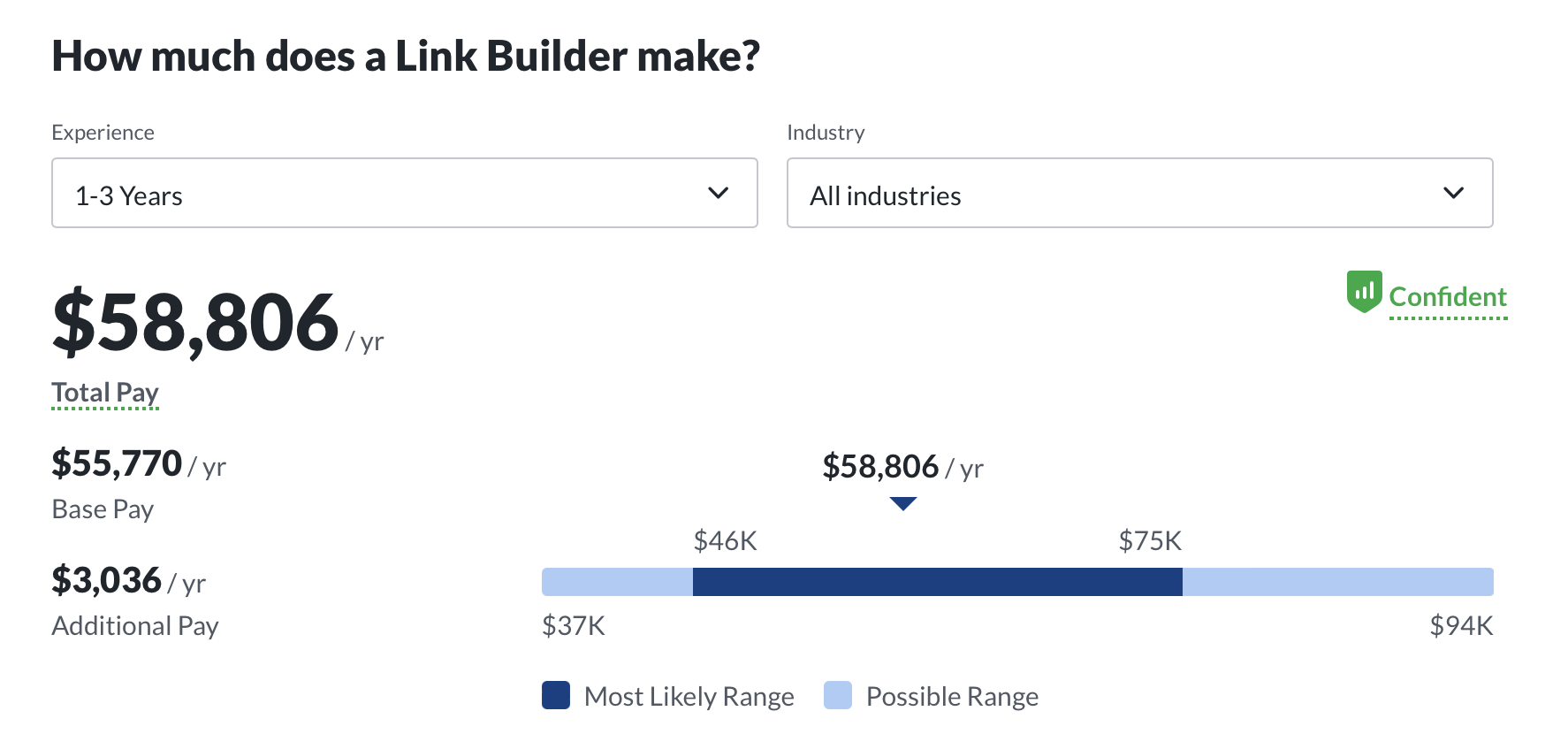When it comes to the digital landscape, ranking plays a crucial role in determining the visibility and success of a website or online business. In today’s highly competitive online world, search engine rankings can make or break a company’s online presence. Whether you are an e-commerce store, a blog, or a service provider, appearing on the first page of search engine results is a coveted position. In this article, we will explore the significance of ranking and its impact on online businesses.

What is Ranking?
Ranking refers to the position a website holds in search engine results for a specific keyword or query. Search engines, such as Google, Bing, and Yahoo, employ complex algorithms to analyze and rank websites based on various factors. These algorithms consider factors like website content, relevance, user experience, backlinks, and many others to determine the most relevant and high-quality websites to display in search results.
The Power of Search Engine Rankings
The ranking of a website in search engine results is crucial for several reasons:
Visibility and Organic Traffic: The majority of internet users rely on search engines to find information, products, and services. Higher rankings translate to greater visibility, which, in turn, leads to increased organic traffic to a website. Studies have shown that websites appearing on the first page of search results receive significantly more clicks and visits compared to those on subsequent pages.
Credibility and Trust: Search engine users perceive websites that rank higher in search results as more credible and trustworthy. People often associate higher rankings with authority and expertise in a particular industry or niche. By consistently appearing at the top, businesses can establish a sense of trust and credibility among their target audience.
Competitive Advantage: In today’s crowded online marketplace, gaining a competitive edge is essential for businesses. Higher search engine rankings can provide that advantage by increasing brand visibility, attracting more potential customers, and driving conversions. Outranking competitors in search results enables businesses to capture a larger share of the market and increase their customer base.
Cost-Effective Marketing: Achieving high search engine rankings can be an effective long-term marketing strategy. While it may require initial investments in search engine optimization (SEO) and content creation, once a website ranks well, the organic traffic it generates does not require ongoing advertising expenditure. This makes ranking highly cost-effective compared to other marketing channels, such as paid advertising.
Monitoring Search Engine Rankings
To assess the effectiveness of SEO efforts and track progress, it is crucial to monitor search engine rankings regularly. Businesses can use various tools to generate a search engine rankings report, which provides insights into their website’s performance. These reports typically include information about keyword rankings, search volume, traffic sources, and other valuable data.
The search engine rankings report allows businesses to identify areas for improvement, track keyword performance, and make data-driven decisions to enhance their SEO strategies. By regularly monitoring rankings, businesses can adapt their approach, optimize their content, and stay ahead of competitors.

Conclusion
In the ever-evolving digital landscape, ranking high in search engine results is paramount for online success. It provides businesses with increased visibility, credibility, and a competitive edge. Understanding the importance of ranking and its impact on organic traffic and customer acquisition is crucial for businesses of all sizes and industries.
By consistently investing in search engine optimization, monitoring rankings, and adapting strategies, businesses can improve their search engine visibility and reap the benefits of higher rankings. So, whether you are an e-commerce store, a content-driven blog, or a service provider, prioritizing your search engine rankings should be an integral part of your online marketing strategy.



















